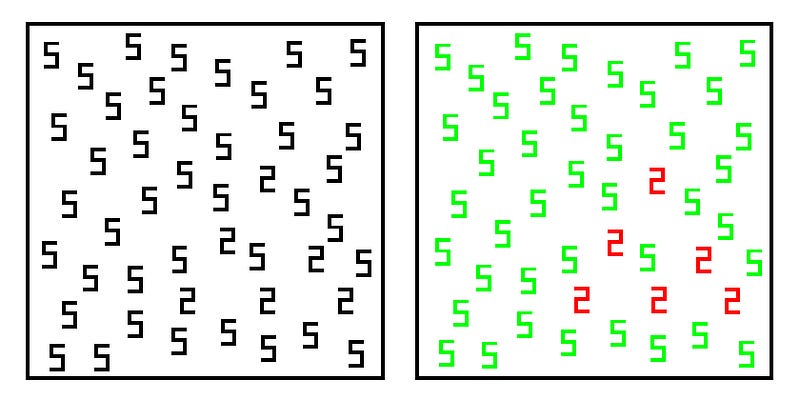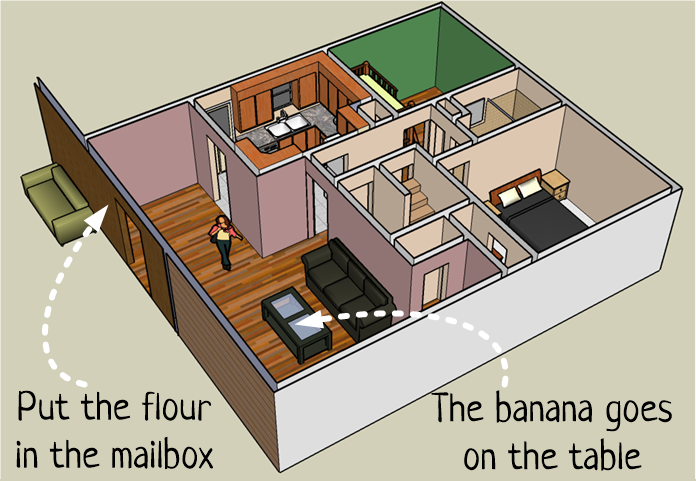Unveiling Memory Secrets: Insights from Extraordinary Minds
Written on
Chapter 1: The Enigmatic World of Memory
Memory research has always been intriguing, featuring some unusual personalities. One of the most fascinating is Solomon Shereshevsky, a Russian journalist and memory expert from a century ago. Despite having average intelligence, Solomon possessed an extraordinary memory that allowed him to recall complex mathematical formulas he did not comprehend, poems in foreign languages, and extensive numerical sequences. Remarkably, he could still remember these details years later, including trivial aspects like the attire of the researchers during his tests.
A Brief Overview of Synesthesia
At the heart of Solomon's exceptional memory was synesthesia, a condition where different sensory perceptions merge. For instance, someone with synesthesia might experience visual bursts of color in response to certain sounds or see colors associated with specific numbers. This phenomenon varies widely, from mild to significantly disruptive.
To illustrate the distinction between synesthesia and typical perception, consider a test devised by neuroscientists:

In this visual, both images display the same numbers. While the triangle of twos in the right image is evident to most, the left image hides it unless one has grapheme-color synesthesia, which causes numbers to appear with distinct color overlays. For those affected, the triangle stands out just as clearly in both images.
Solomon's unique form of synesthesia, termed fivefold synesthesia, intertwined sensations of taste, smell, touch, hearing, and sight. Engaging in a conversation while eating an apple was nearly impossible, as both activities generated conflicting sensory experiences. On occasion, the condition was nearly debilitating; a single word could unleash a torrent of memories, complicating even simple reading or conversations. For example, one time, upon hearing the ice cream vendor's voice, he was overwhelmed by an image of black cinders, making it impossible for him to enjoy the ice cream.
What Extraordinary Memories Can Teach Us
You might view Solomon's story as merely an oddity. Yet, numerous super-memorizers often share some form of synesthesia (like Daniel Tammet, who memorized 22,000 digits of pi). This leads to a compelling question: What is it about synesthetes that enhances their memory abilities?
Recent studies suggest that synesthesia forges connections between letters, numbers, and other details with potent sensory experiences. For example, while the number 607 might easily fade from memory, associating it with vivid colors or images can help retain it. This insight suggests that exploring synesthesia could provide valuable memory enhancement strategies for everyone. While one cannot force synesthesia, employing visualization techniques akin to those utilized by synesthetes can significantly bolster memory capabilities.
To illustrate, let's explore two memory techniques.
The Method of Loci
One effective way to retain new information is to associate it with familiar locations, like your home or neighborhood. The method of loci, an ancient mnemonic technique favored by Greek orators, involves mentally placing memories in well-known spaces.
For instance, if you wish to remember a grocery list, select a familiar place. Imagine navigating through that location, identifying spots where you can "store" items from your list. If the first item is whole wheat flour, visualize placing it in your mailbox. As you progress through each room, find unique spots for each subsequent item. The more vivid and imaginative your imagery—like envisioning olive oil being poured into your washing machine—the better your chances of remembering.

According to legend, Simonides, a poet from ancient Greece, invented the method of loci after escaping a building that collapsed, allowing him to identify the deceased by mentally retracing the seating arrangement.
Encoding Information into Imagery
While the method of loci is a powerful tool for remembering sequences, what about retaining arbitrary numbers and letters? The neuropsychologist who studied Solomon noted his vivid associations with numbers, attributing distinct characteristics to each digit. For example, he visualized the number 1 as a proud figure and 2 as a lively woman.
Ordinary individuals can develop their own systems of association through practice. One straightforward approach involves rhyming number pegs, where each digit from 1 to 10 corresponds to a memorable image based on a rhyme. For instance:
1 = gun (visualize the first item being shot from a gun)
2 = zoo (link the second item to a zoo or favorite zoo animal)
3 = tree (imagine the third item growing from a tree)
4 = door (envision the fourth item behind a door)
5 = hive (associate the fifth item with a beehive)
6 = bricks (connect the sixth item with bricks or buildings)
7 = heaven (pair the seventh item with heaven or an angel)
8 = plate (visualize the eighth item on a plate)
9 = wine (picture a glass of wine containing the ninth item)
10 = hen (relate the tenth item to a chicken)
To effectively use this peg system, become very familiar with these images. Once memorized, they can be applied to any list by creating vivid imagery. For example, with a grocery list, you might visualize whole wheat flour as gunpowder (1), bananas being fed to monkeys at the zoo (2), and so forth. The more outrageous the visuals, the easier they are to recall.
Various techniques exist for converting numbers and letters into images, with memory experts often employing variations of the major system to learn long sequences by transforming digits into sounds, then grouping those sounds into memorable phrases or stories.
The Results of Memory Techniques
At first glance, this may seem like a cumbersome process for minimal gain. However, the benefits are tangible. Contemporary research indicates that while memory exercises modestly enhance short-term memory, visualization and imagery encoding techniques can lead to remarkable memory feats.
Take Ed Cooke, a memory champion, who can memorize a shuffled deck of cards in mere minutes. He employs visualization by associating each card with a celebrity and navigates through an imaginary house where he "meets" these celebrities. But before dismissing him as merely exceptionally gifted, consider this: Ed taught his techniques to journalist Joshua Foer, who transitioned from a forgetful individual to a champion at the 2006 U.S. Memory Championship.
In essence, while innate talent is valuable, mastery is achieved through technique.
For a deeper exploration into Solomon Shereshevsky's life, refer to "The Mind of a Mnemonist," written by the psychologist who studied him. If you're curious about Joshua Foer’s journey from forgetful to competing at the U.S. Memory Championship, his book "Moonwalking with Einstein" is a compelling read.
In "The Boy Who Can't Forget | Extreme Memory Documentary," learn about the profound impact of exceptional memory on daily life, featuring real-life examples and expert insights.
Explore "The Art and Science of Remembering Everything" to discover effective techniques and scientific principles behind memory enhancement and retention.